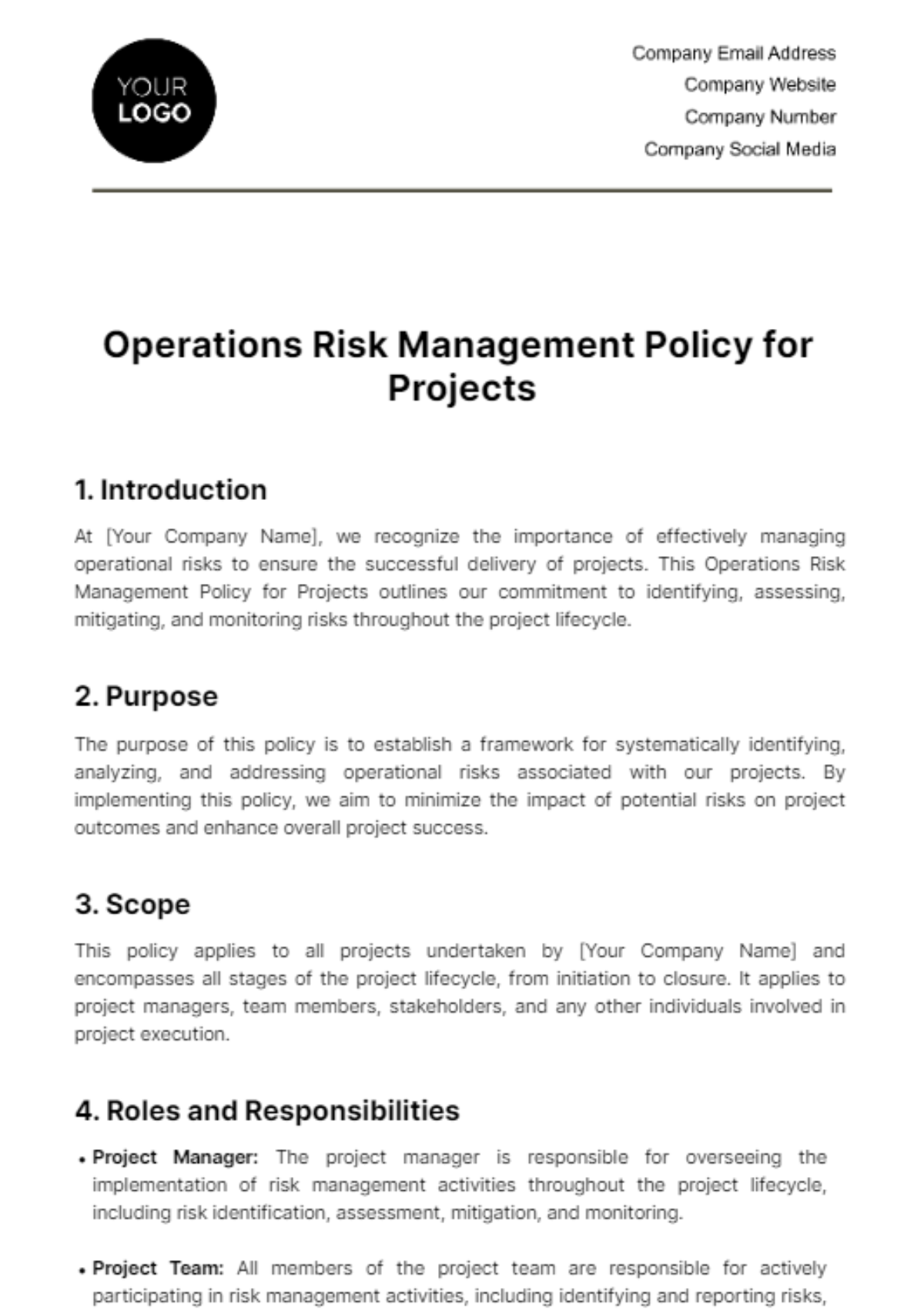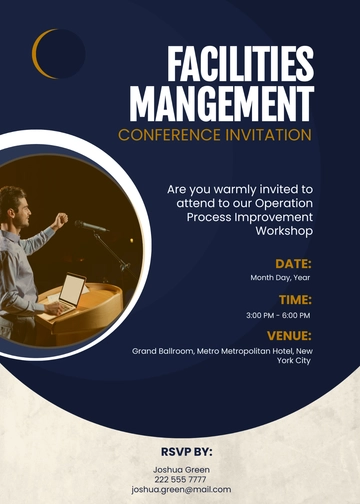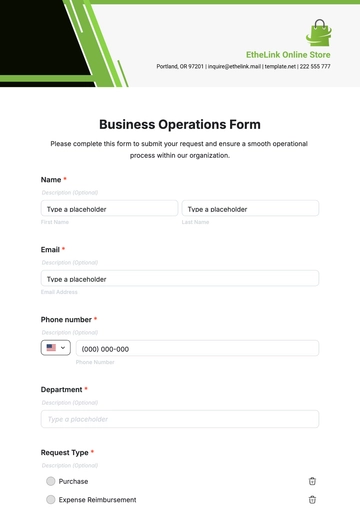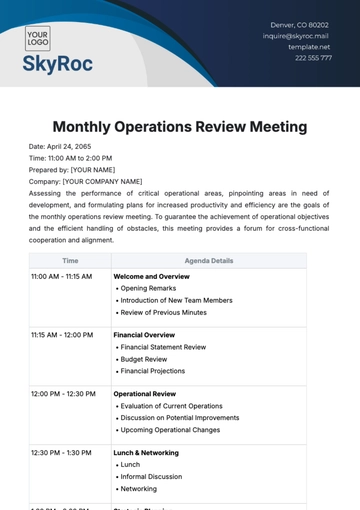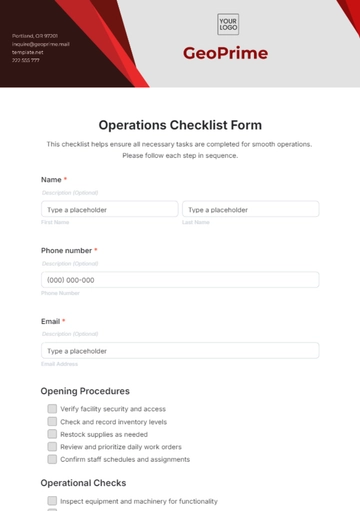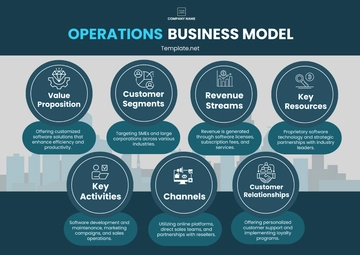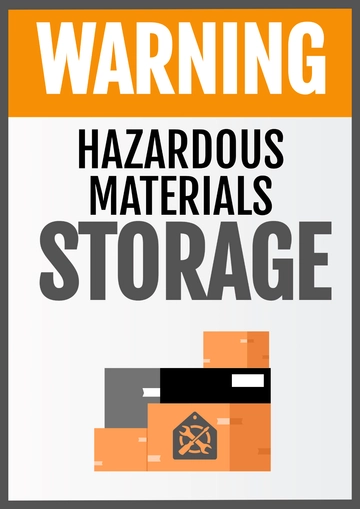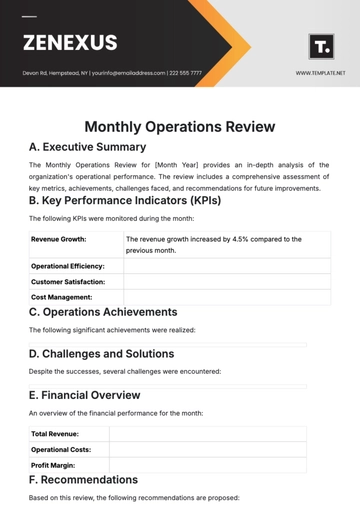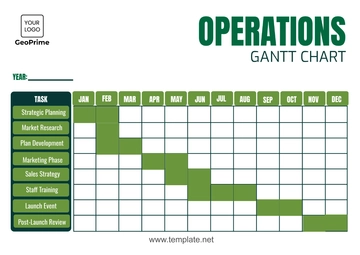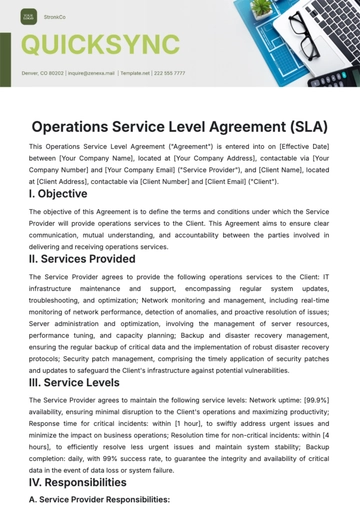Operations Risk Management Policy for Projects
1. Introduction
At [Your Company Name], we recognize the importance of effectively managing operational risks to ensure the successful delivery of projects. This Operations Risk Management Policy for Projects outlines our commitment to identifying, assessing, mitigating, and monitoring risks throughout the project lifecycle.
2. Purpose
The purpose of this policy is to establish a framework for systematically identifying, analyzing, and addressing operational risks associated with our projects. By implementing this policy, we aim to minimize the impact of potential risks on project outcomes and enhance overall project success.
3. Scope
This policy applies to all projects undertaken by [Your Company Name] and encompasses all stages of the project lifecycle, from initiation to closure. It applies to project managers, team members, stakeholders, and any other individuals involved in project execution.
4. Roles and Responsibilities
Project Manager: The project manager is responsible for overseeing the implementation of risk management activities throughout the project lifecycle, including risk identification, assessment, mitigation, and monitoring.
Project Team: All members of the project team are responsible for actively participating in risk management activities, including identifying and reporting risks, as well as implementing mitigation measures as assigned.
Stakeholders: Stakeholders are encouraged to actively engage in risk management by providing input on potential risks and supporting mitigation efforts as needed.
5. Risk Identification
Risk identification is the process of identifying potential risks that may impact project objectives. Risks can arise from various sources, including internal and external factors, and may affect project scope, schedule, cost, quality, or other parameters. Project team members are responsible for identifying risks and reporting them to the project manager for further assessment.
6. Risk Assessment
Risk assessment involves analyzing identified risks to determine their likelihood and potential impact on project objectives. Risks are evaluated based on criteria such as probability of occurrence, severity of impact, and detectability. The project manager leads the risk assessment process and assigns priority levels to each risk based on its significance.
7. Risk Mitigation
Risk mitigation entails developing and implementing strategies to reduce the likelihood or impact of identified risks. Mitigation measures may include preventive actions, contingency plans, or risk transfer strategies. The project manager collaborates with the project team to identify appropriate mitigation measures for each risk and ensures their timely implementation.
8. Monitoring and Review
Monitoring and review are integral to the risk management process and involve tracking the status of identified risks and evaluating the effectiveness of mitigation measures. The project manager is responsible for continuously monitoring project risks throughout the project lifecycle and adjusting mitigation strategies as needed. Regular reviews are conducted to assess the overall effectiveness of the risk management process and identify opportunities for improvement.
9. Communication
Effective communication is essential for successful risk management. Project stakeholders are kept informed of key risks and mitigation efforts through regular project updates, status reports, and meetings. Open channels of communication are maintained to ensure that relevant information is shared promptly and stakeholders are engaged in risk management activities.
10. Training and Awareness
Training and awareness programs are conducted to ensure that project team members have the necessary knowledge and skills to effectively participate in risk management activities. Training sessions cover topics such as risk identification techniques, risk assessment methods, and mitigation strategies. Continuous efforts are made to raise awareness of the importance of risk management and foster a risk-aware culture within the organization.
11. Document Control
All documentation related to risk management activities, including risk registers, mitigation plans, and status reports, are maintained in a central repository and regularly updated throughout the project lifecycle. Document control procedures are implemented to ensure that accurate and up-to-date information is available to relevant stakeholders as needed.
12. References
Any external standards, guidelines, or best practices referenced in this policy are listed here for easy reference.
13. Definitions
Definitions of key terms and terminology used throughout the policy are provided here for clarity and consistency.
This Operations Risk Management Policy for Projects reflects [Your Company Name]'s commitment to proactively managing operational risks to achieve successful project outcomes. By adhering to this policy, we ensure that risks are systematically identified, assessed, mitigated, and monitored throughout the project lifecycle, ultimately enhancing our ability to deliver value to our clients and stakeholders. For further inquiries or clarification regarding this policy, please contact [Your Name] at [Your Company Email].
Operations Templates @ Template.net
